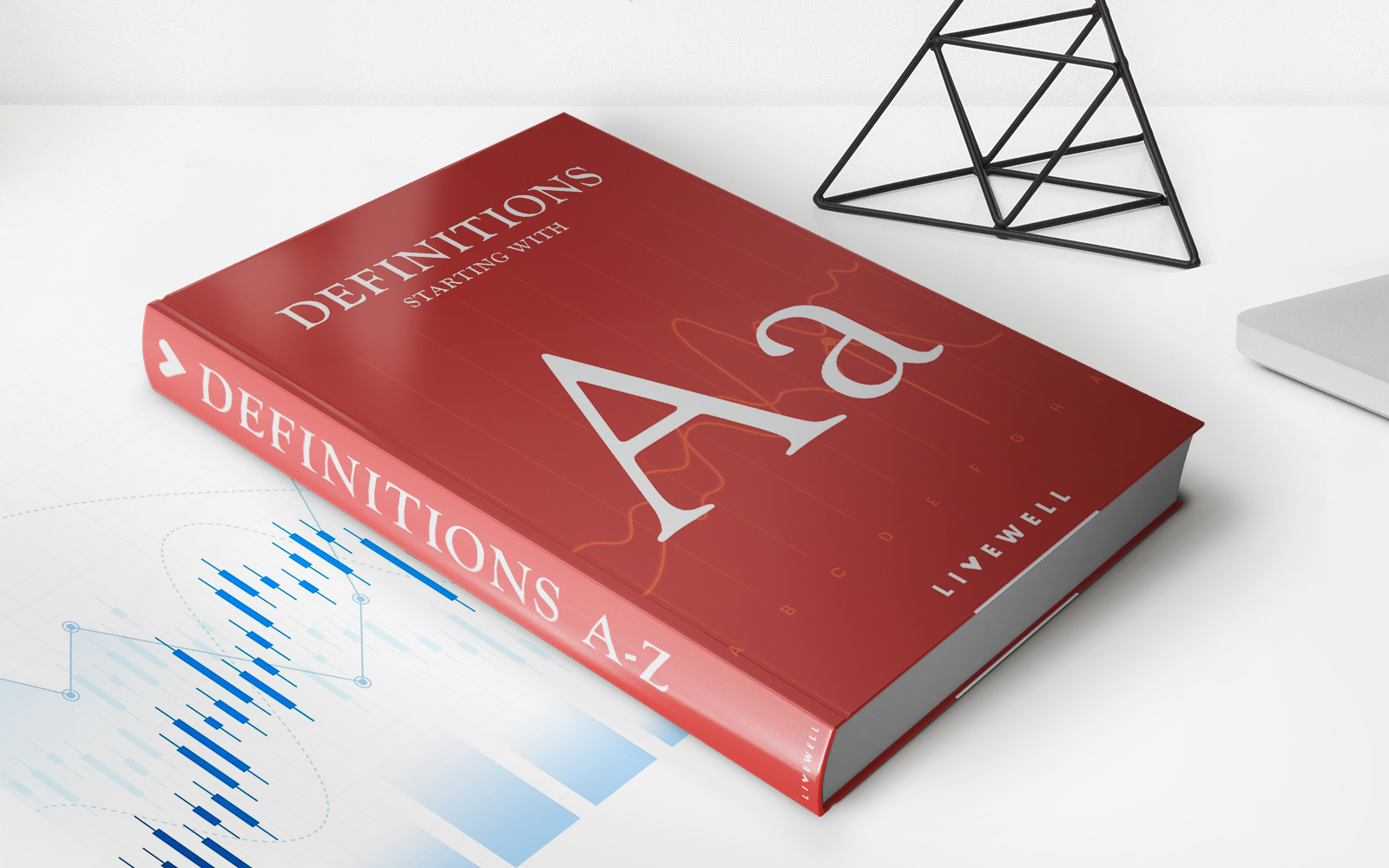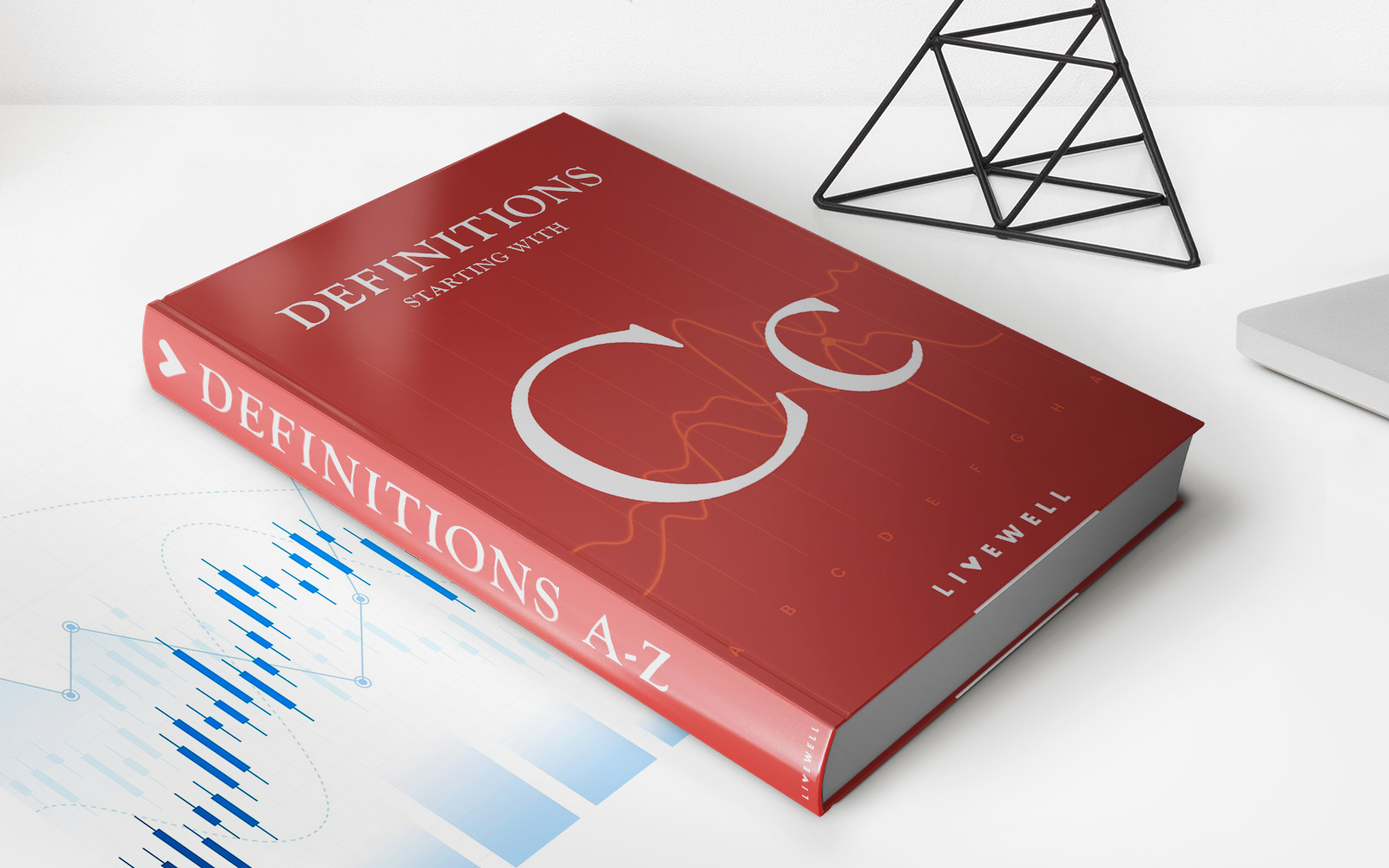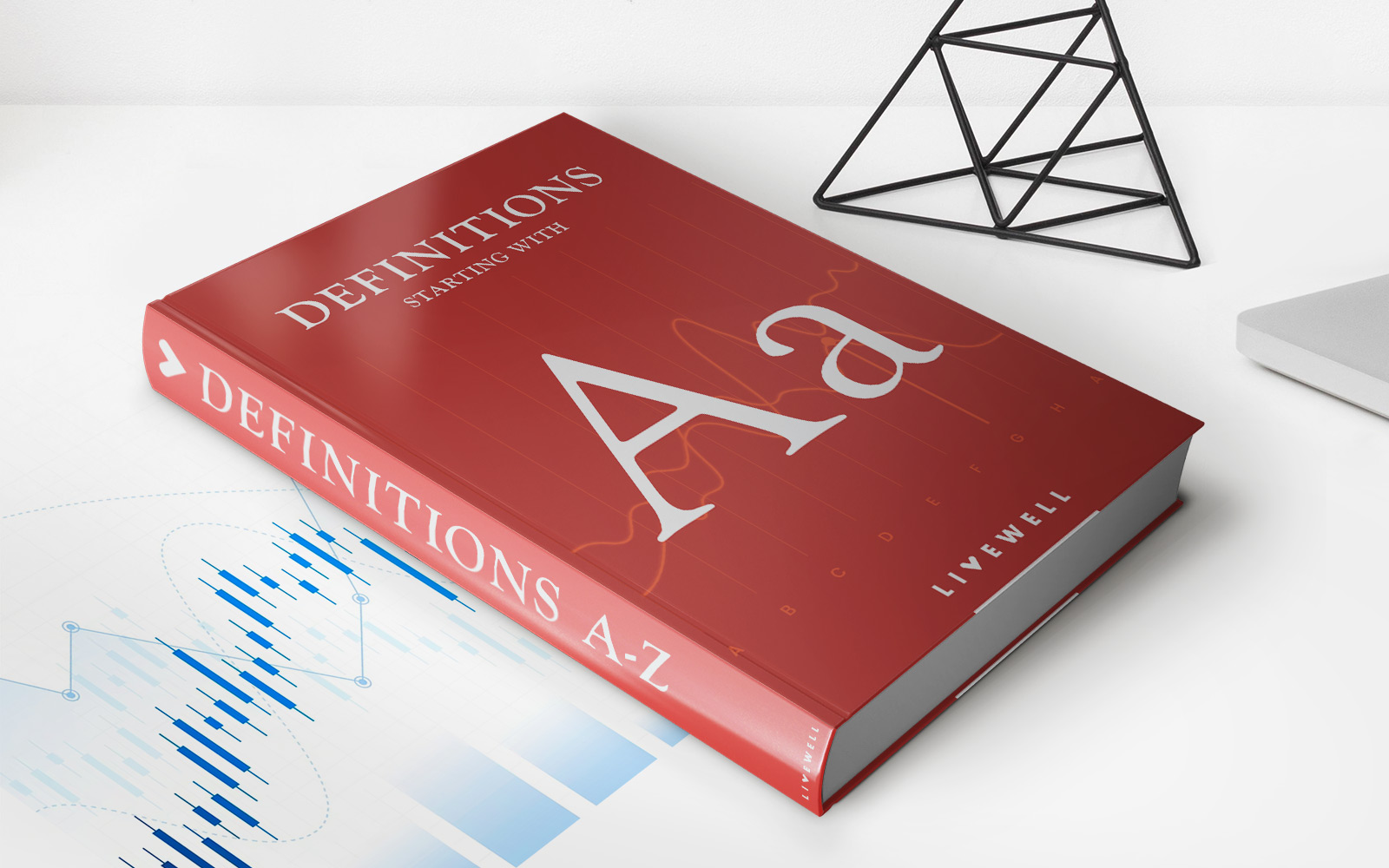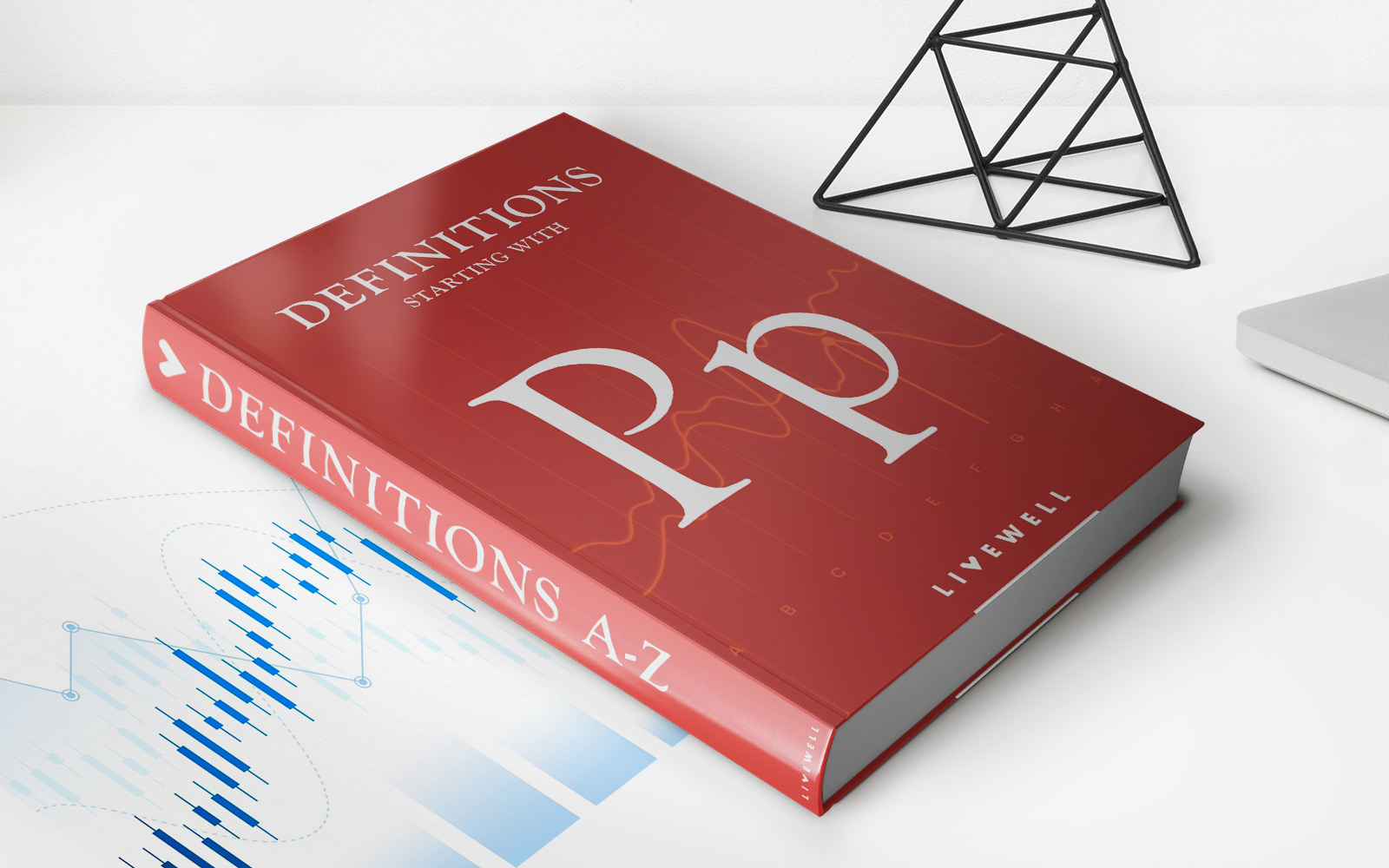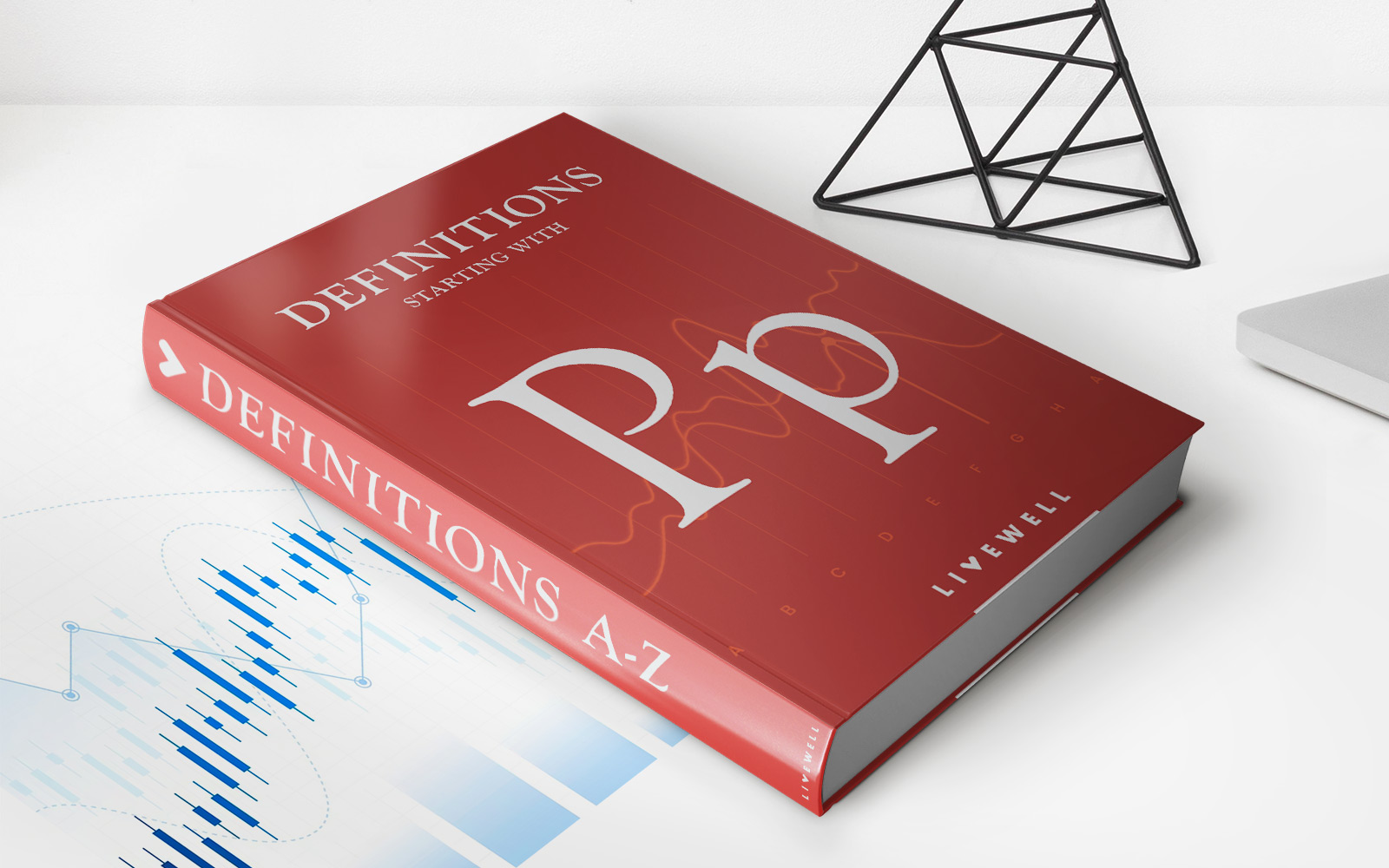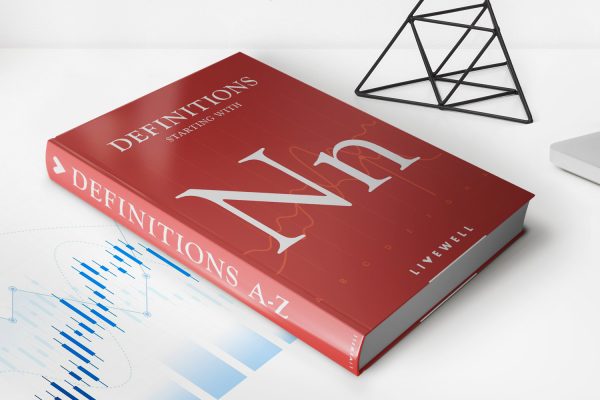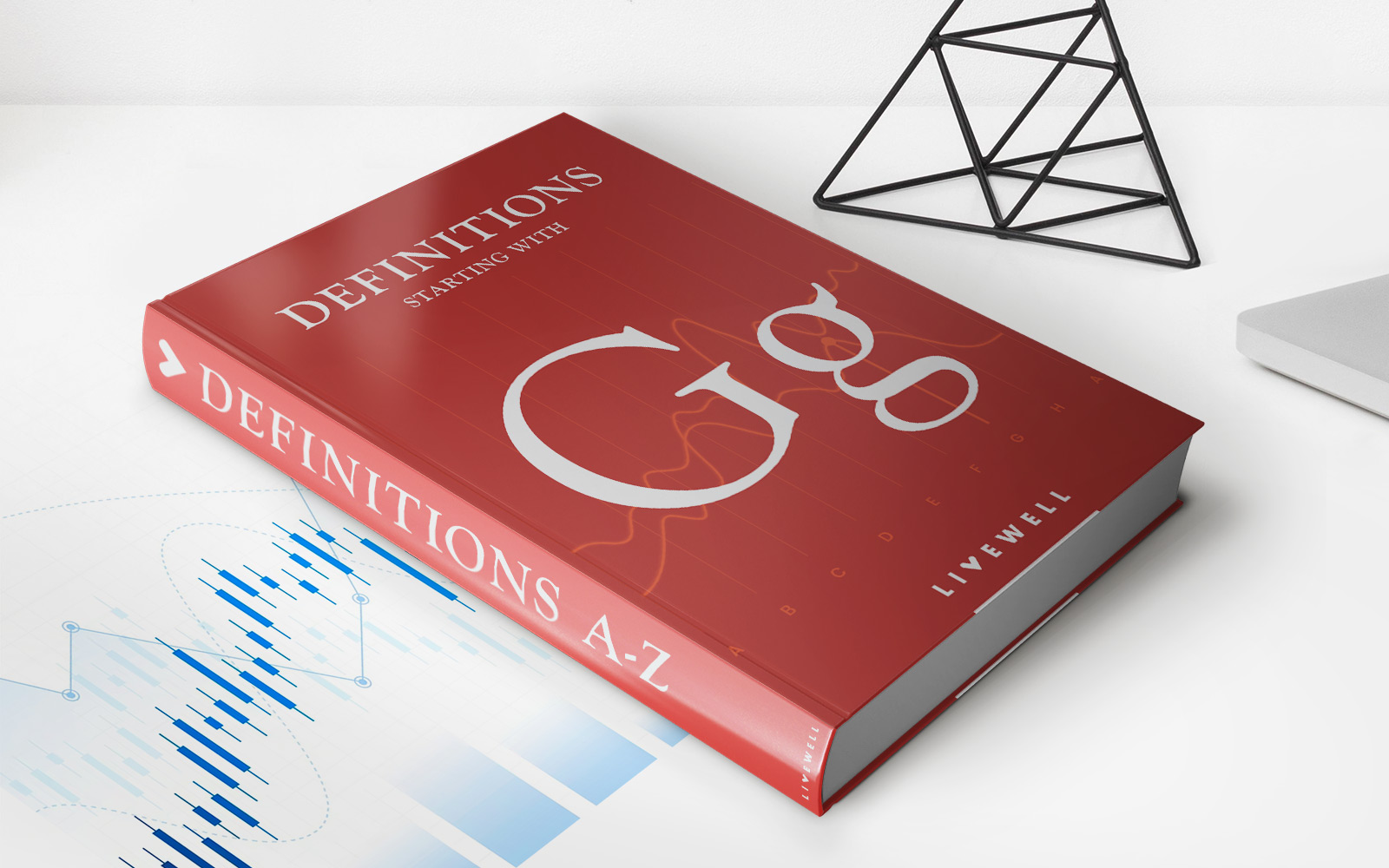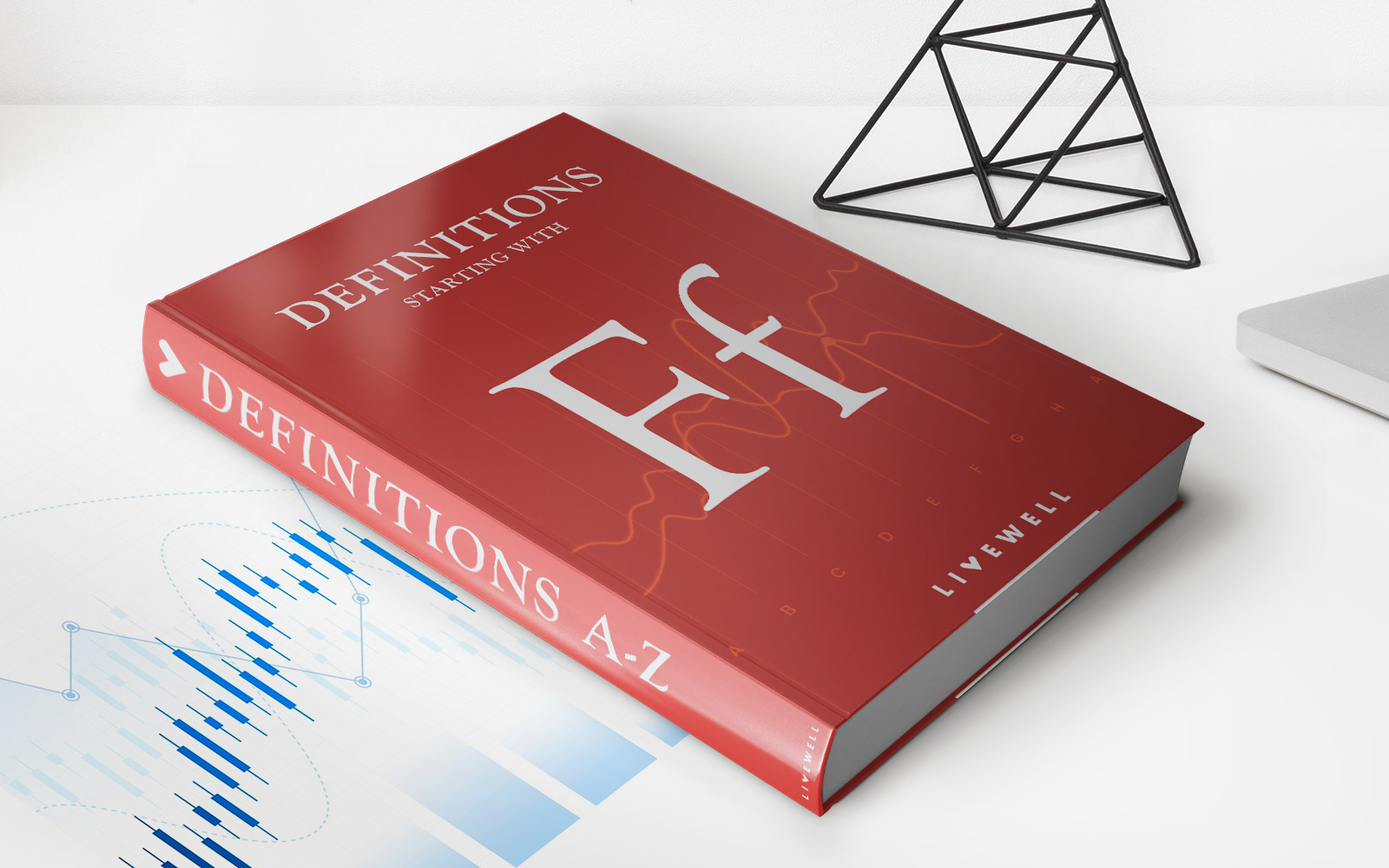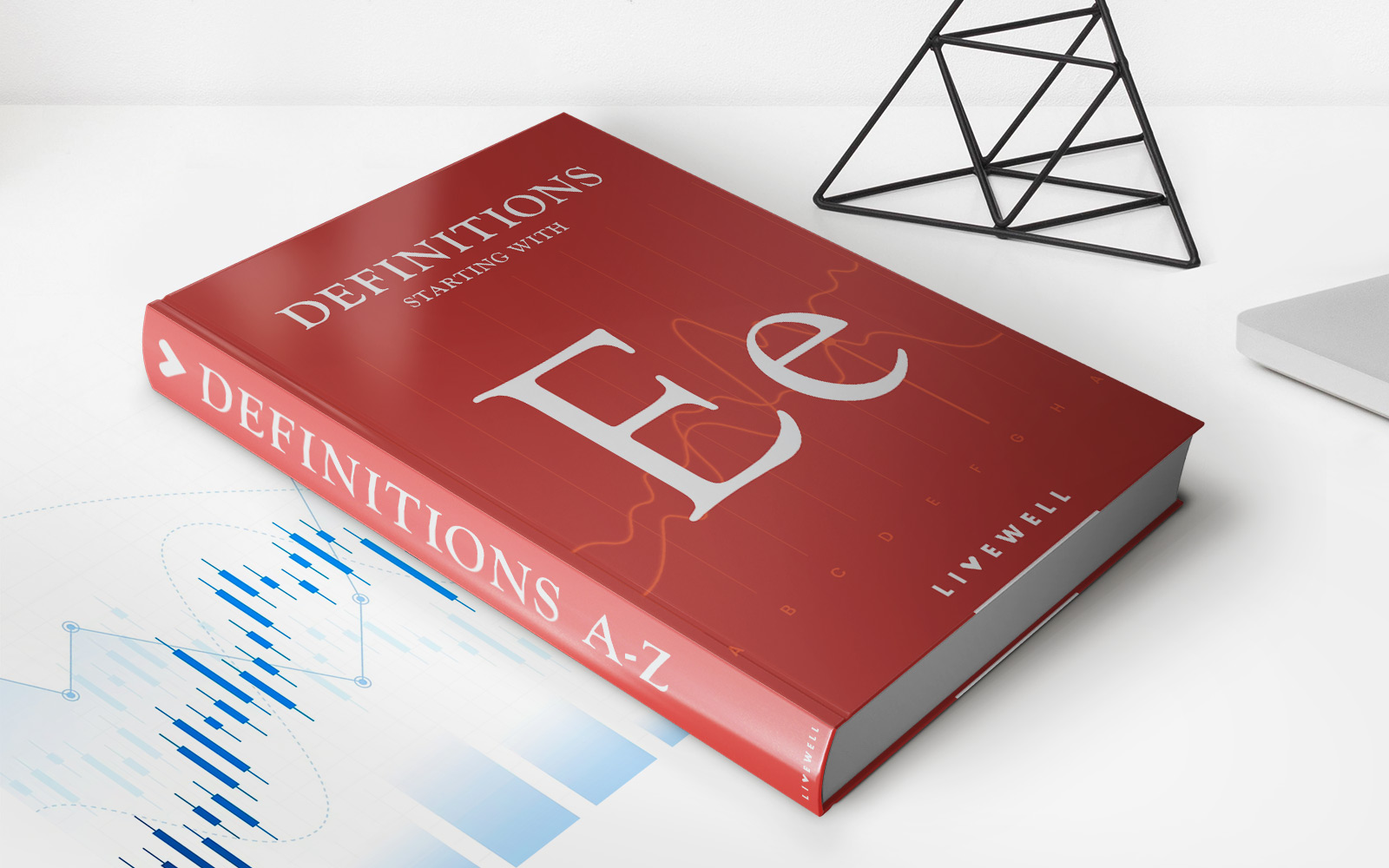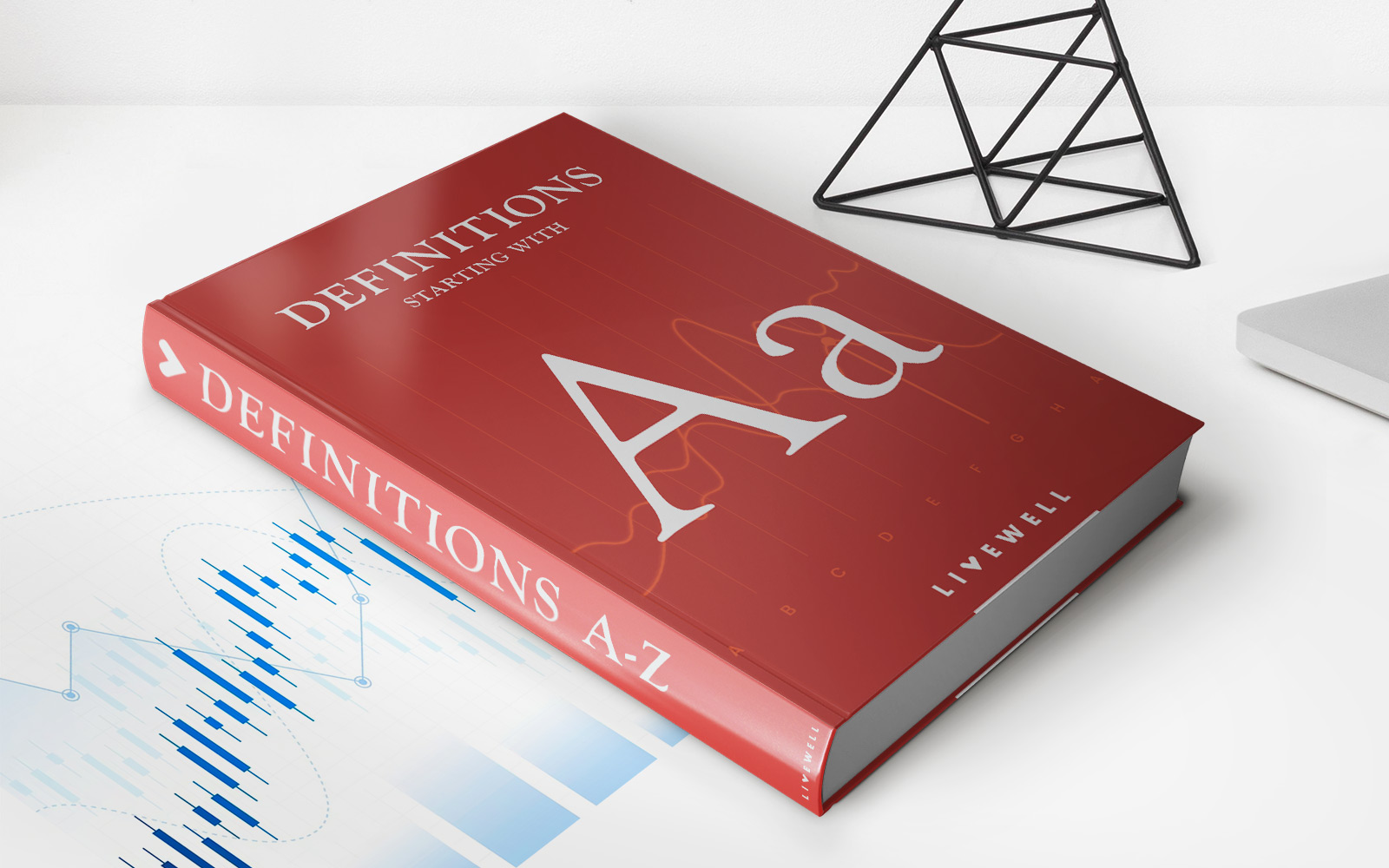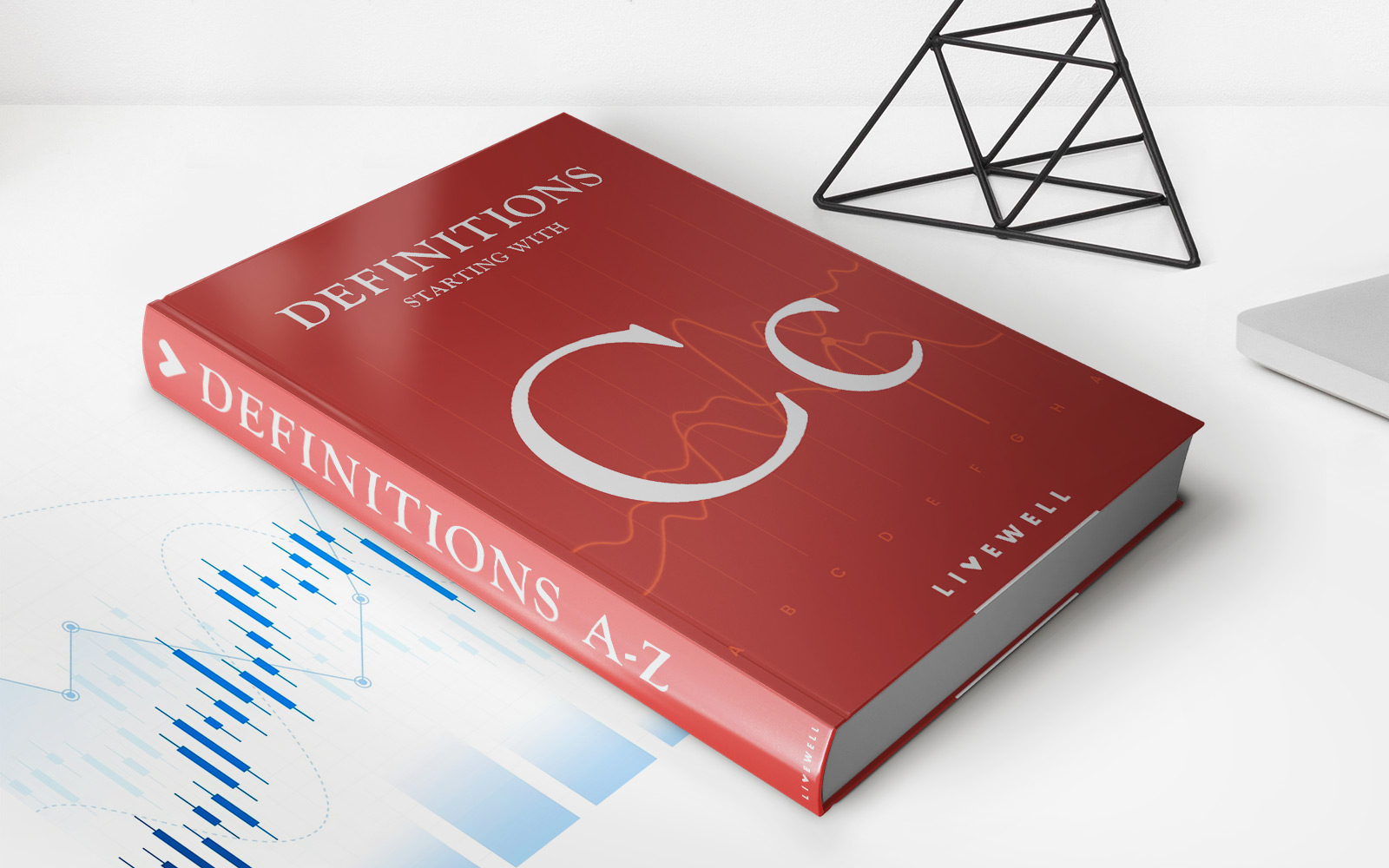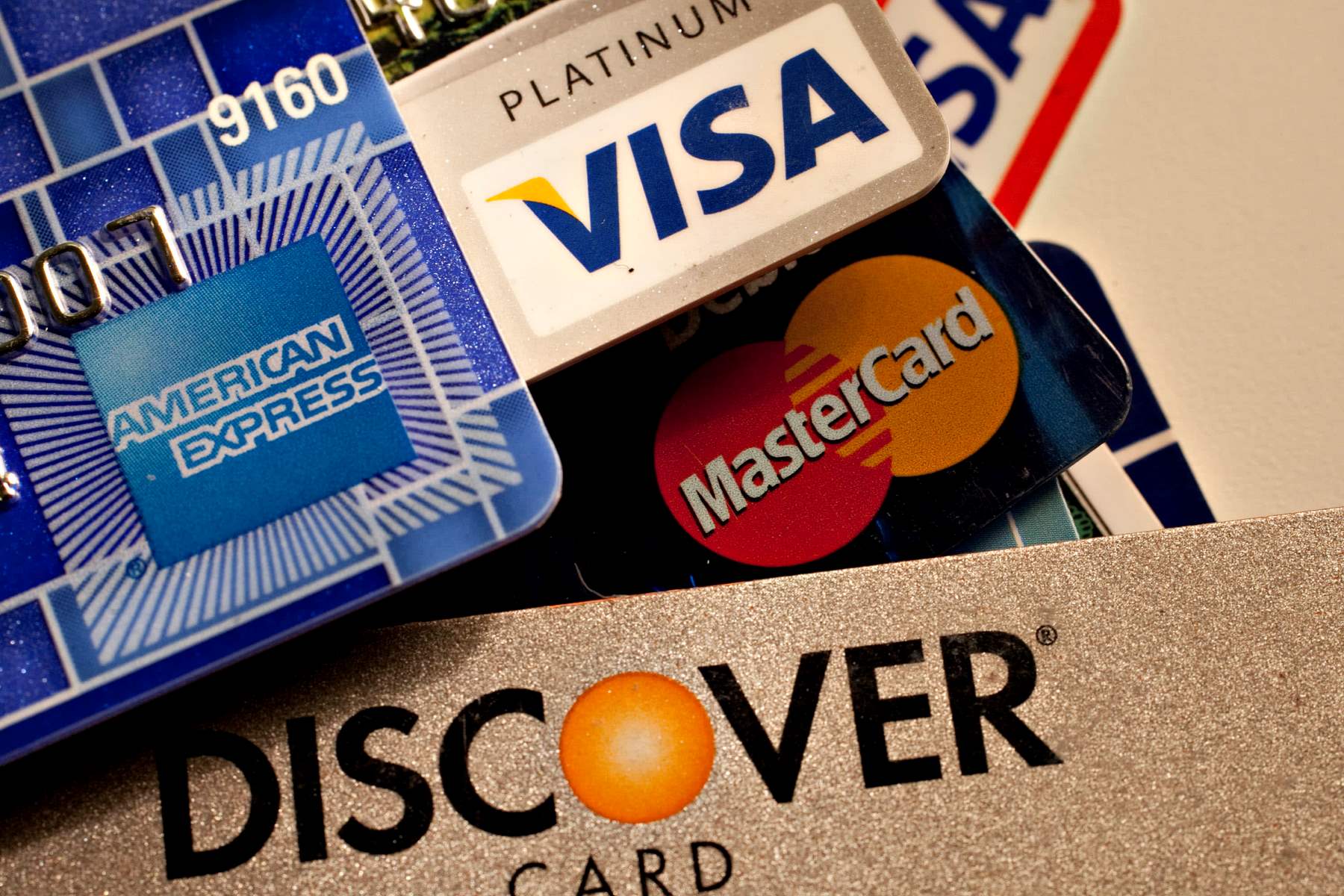Home>Finance>Paper Money: Definition, History, Use, Need For It, And Examples
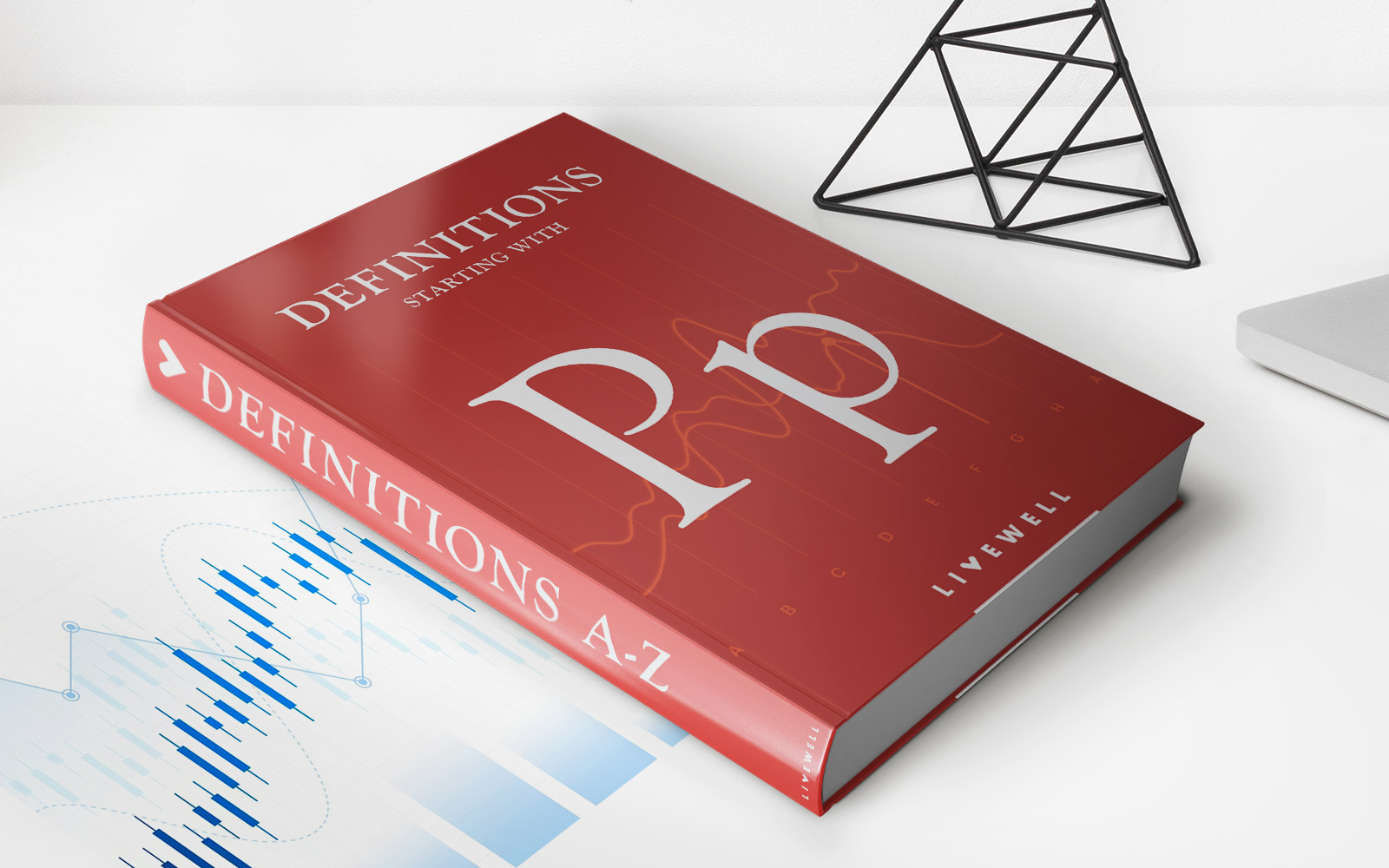

Finance
Paper Money: Definition, History, Use, Need For It, And Examples
Published: January 5, 2024
Learn about the history, definition, and use of paper money in finance. Explore the need for it and discover examples of its significance.
(Many of the links in this article redirect to a specific reviewed product. Your purchase of these products through affiliate links helps to generate commission for LiveWell, at no extra cost. Learn more)
Paper Money: Definition, History, Use, Need for It, and Examples
Welcome to our “FINANCE” category, where we dive into various topics related to the world of finance. In today’s post, we will be discussing paper money – its definition, history, use, need for it, and provide some examples to help you better understand its significance in our modern economy. So, let’s jump straight into it!
Key Takeaways:
- Paper money is a form of currency that is made from paper or similar materials and is widely used in transactions worldwide.
- Its history dates back to ancient China, and its introduction was a significant milestone in the development of modern economies.
What is Paper Money?
Paper money, also known as fiat currency, refers to a form of currency that is physically represented by banknotes or bills. These banknotes are made from paper or other materials and are recognized as a legal tender by the government that issues them. Unlike commodity money, which has intrinsic value (such as gold or silver), paper money has value only because the government guarantees its acceptance as a means of payment.
A Brief History of Paper Money
The origins of paper money can be traced back to ancient China during the Tang Dynasty (618-907 AD). It is believed that the first paper money, known as “Jiaozi,” was used to facilitate trade and economic activities. This early form of paper money served as a convenient alternative to carrying heavy copper coins.
Over the centuries, paper money evolved and spread to other regions of the world. In the 13th century, Marco Polo described the use of paper money during his travels to the Mongol Empire. However, it wasn’t until the 17th century that paper money was officially introduced in Europe, followed by its adoption in other parts of the world.
The Use of Paper Money
Today, paper money is used as a primary medium of exchange in most economies worldwide. It plays a crucial role in facilitating trade, enabling people to buy goods and services, paying debts, and saving for the future. The convenience of paper money lies in its portability and the ease of its transfer compared to other forms of payment.
Alongside physical banknotes, the use of digital forms of money, such as credit cards and mobile payments, has been increasing. These digital representations of paper money have further revolutionized the way transactions are conducted, making payments faster and more secure.
The Need for Paper Money
Paper money serves several essential functions in our economy:
- Medium of Exchange: Paper money allows for smooth and efficient transactions, replacing the need for bartering or carrying valuable commodities.
- Store of Value: People can accumulate paper money as a means of preserving their wealth over time. It provides a stable medium for savings and serves as a tangible representation of financial security.
- Unit of Account: Paper money provides a standardized unit for measuring the value of goods and services. It allows for easy price comparison and helps in evaluating economic trends.
Without paper money, economies would face significant challenges in conducting trade and managing their financial systems. It would be difficult to conduct large-scale business transactions, create a stable pricing system, or provide a universally accepted medium of exchange.
Examples of Paper Money
Throughout history, numerous countries have issued their own paper currencies, each with unique designs and denominations. Here are a few examples of widely used paper currencies:
- The United States Dollar (USD)
- The Euro (EUR)
- The British Pound (GBP)
- The Japanese Yen (JPY)
- The Chinese Yuan (CNY)
These examples represent just a fraction of the vast array of paper currencies that exist around the world. Each currency tells a story of its nation’s history, culture, and economic significance.
Conclusion
As we conclude our exploration of paper money, we hope you have gained a deeper understanding of its definition, historical roots, use, and importance in today’s economy. Paper money plays a fundamental role in facilitating trade, preserving wealth, and providing a standard unit of account.
So, the next time you hold a banknote in your hand, take a moment to appreciate the significance it holds in our financial system, connecting nations, and enabling economic progress.

